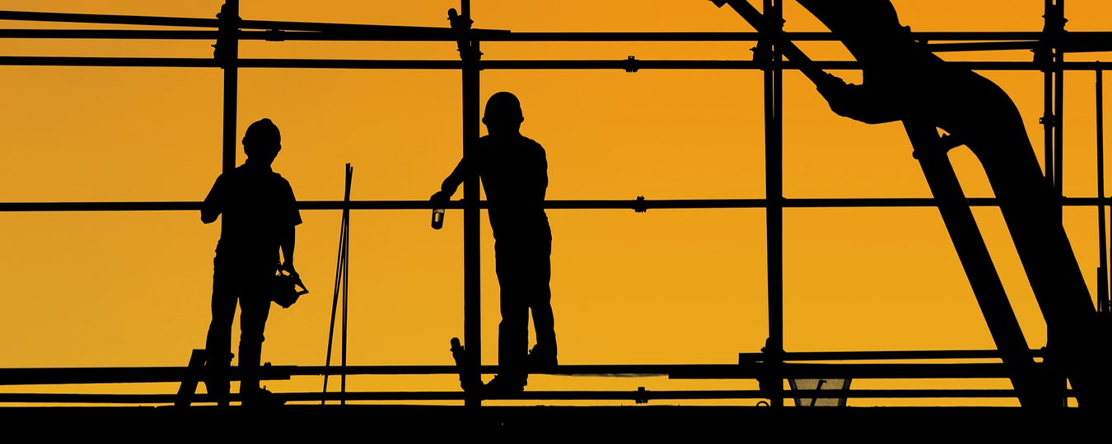
Update
It’s All Connected: Why Community Development and Health Go Hand-in-Hand
-
Focus Areas
Healthy Communities -
Issues
Climate Change, Community Development -
Programs
Build Healthy Places Network

The impulse to work together on big problems is strong. More people at the table should mean more ideas and more capacity. Yet it is not always that easy. Take health. In public health, we know that where you live has a profound effect on your health. But we do not always know what to do about it. Public health doesn’t have the tools to renovate housing, reconfigure streets to make them walkable and bikeable, build parks and community buildings, or build and run grocery stores or schools.
Fortunately, there is a sector that does: community development. Earlier this month, public health professionals attending the American Public Health Association’s annual conference–the largest public health conference in the world—got a great introduction to community development, with several presentations and a dedicated special session, a cocktail reception we hosted at the Chicago Federal Reserve bringing health and community development practitioners together, and the passage of a resolution we proposed, APHA’s first policy statement focused on community development and health.
Collaboration between community development and health promises to be a win-win. Our special session, Investing in the Infrastructure of Neighborhoods: Cross Disciplinary Partnerships for Revitalization and Community Health Improvement, offered a crash course in the kinds of partners public health should join with in community development. Calvin Holmes, president of the Chicago Community Loan Fund, contrasted the devastating effects of redlining with what he calls “freelining,” explaining that community-development finance institutions like his “really try to get to ‘yes’ for worthy projects,” putting together the loan deals that make it possible for nonprofit developers to revitalize low- and middle-income neighborhoods.
That “get to yes” orientation is a good thing because the deals that make possible holistic, health-supporting community development are complex. Developer Mark Angelini, president of Mercy Housing Lakefront, said a typical deal involves 5 to 12 sources of funding and financing. And Youth Uprising’s president, Olis Simmons, emphasized the importance of keeping the “community” in community development. “The people in the place to be transformed,” she said, “are not the problem, they are the solution.” She emphasized that the work has to be “passion driven, data informed, and guided by a deep relationship with the people living in the neighborhood.”
The Robert Wood Johnson Foundation’s (RWJF) far-reaching new initiative focuses on building a “culture of health” in the United States. To this end, RWJF’s Donald Schwarz highlighted the roles foundations can play to catalyze health and community development collaboration. And our own Doug Jutte brought it all home, highlighting the unprecedented opportunities inherent in integrating the health sectors with the $200 billion community-development sector.
As he pointed out, collaboration between community development and health promises to be a win-win. Community developers have the know-how to transform neighborhoods, improving what those in public health call the social determinants of health. Meanwhile, innovative community developers have recognized the importance of health in ensuring that residents benefit fully from the changes. But they lack the data and expertise to know which changes offer greatest health outcomes, or to measure, share, and show outcomes in order to market the results.
People are working hard, though, to provide the data and tools needed to integrate health into community development. In our Advancing Work at the Intersection of Community Development and Health: Evidence, Metrics, Tools and Success Stories panel we shared what we are learning from our case studies on holistic or cross-sector community development projects from around the country. We heard about the research by Susan Longworth of the Chicago Federal Reserve, a measurement tool developed by Wilder Research, and how Matt Trowbridge and his colleagues at the U.S. Green Building Council are adapting the concept of LEED certification to create a certification system for health.
The connections to green building are by no means accidental. Many of the things that make places more sustainable and reduce their environmental impact also make them healthier. Safe, walkable neighborhoods make it easy and enjoyable for people to be physically active, and reduce car emissions. Green space and urban gardens provide a host of health benefits while reducing the heat-island effect. In Sustainability in Community Revitalization: Working at the Intersection of Climate Change, Community Development and Health, I highlighted the ways community development can be a boon to health while addressing climate change. In fact, APHA’s new climate-change policy (summary here) highlights the opportunities for health in addressing climate change, including cleaner air, more vibrant communities, better approaches to transportation, and healthier diets.
Perhaps most importantly, by improving the social determinants of health in disadvantaged, low-income communities, community development has the potential to reduce the inequities of the climate gap. Indeed, by reducing poverty, improving education, providing job support, building stable, high-quality housing, and improving social capital and social cohesion, community development can help create healthier communities, and healthier communities are less vulnerable and more resilient in the face of a range of challenges.
The integration of health into community development, and the partnerships that are essential to making that happen, hold much potential to move the needle on poverty and place-based health inequities. It is an idea whose time has come, and we were thrilled that to cap it off at this year’s meeting, APHA adopted its first policy statement on community development and health. The policy, which will come out in the next few weeks (find the policy summary here), promotes collaboration among the community development, public health, and health care sectors as a vital step toward addressing social and health inequities in the United States. We couldn’t agree more.
Originally published by Build Healthy Places Network
More Updates
Work With Us
You change the world. We do the rest. Explore fiscal sponsorship at PHI.
Support Us
Together, we can accelerate our response to public health’s most critical issues.
Find Employment
Begin your career at the Public Health Institute.



